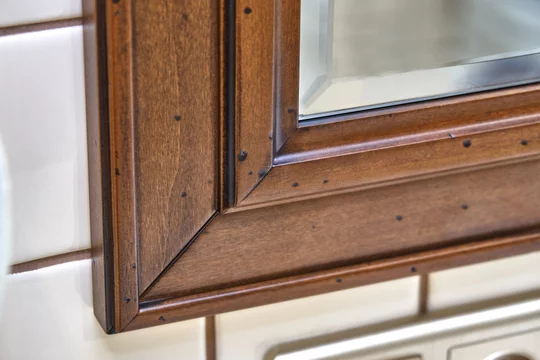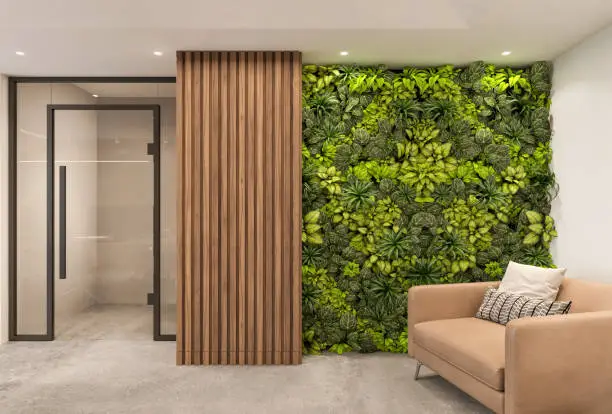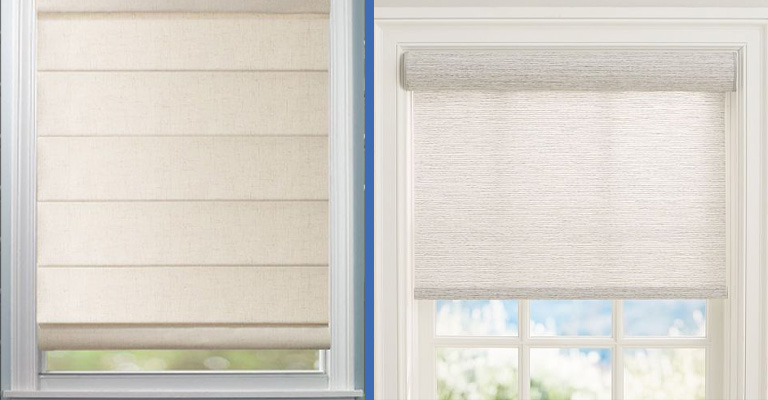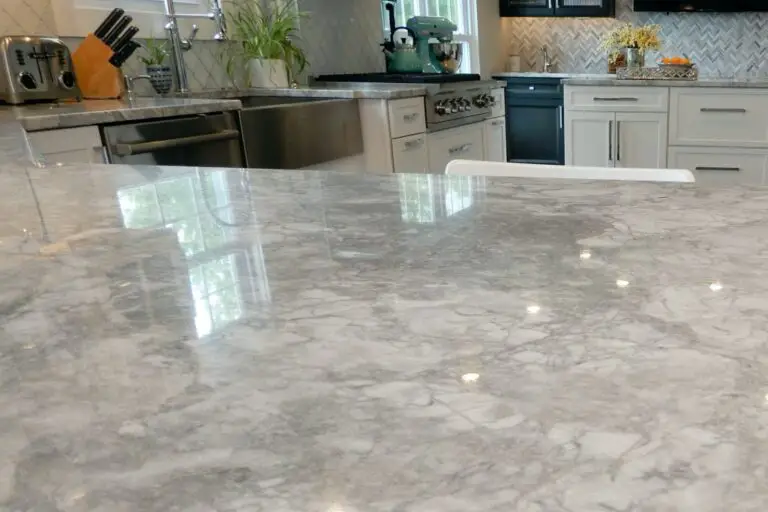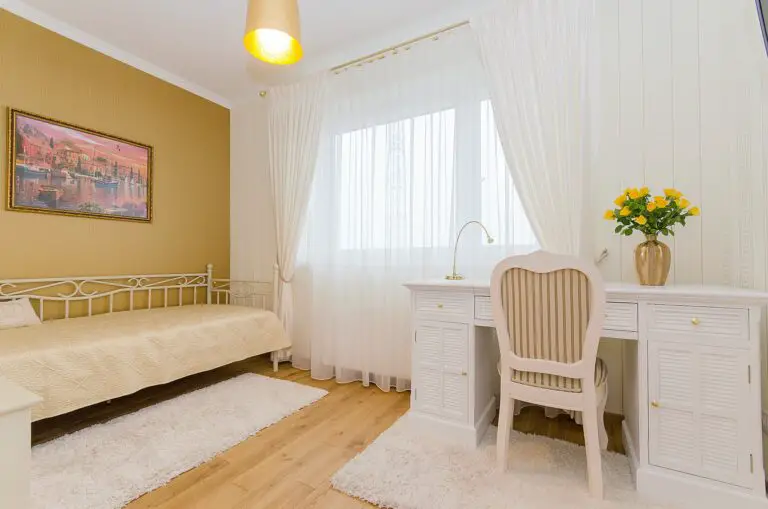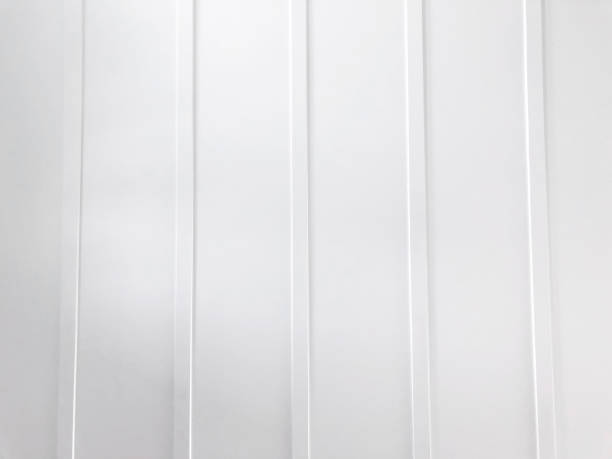The Benefits of Teak Furniture

Natural materials are an integral part of interior design and architecture, in the home and workplace as well as in commercial spaces. More recently, they have risen in popularity amongst designers seeking a way to bring the natural world into these spaces.
Of the various materials used to achieve this effect, wood tends to be one of the most popular. Teak (a solid, smooth-textured hardwood originating from Southeast Asia) has a reputation for not only being one of the most durable, but beautiful types of wood, ideal for indoor or outdoor use.
Style
Whether customers purchase online or tour a home store, teak furniture can be found in a broad range of styles. Noted for its attractive grain and warm tones (ranging from light to rich brown), teak can also be found in a range of finishes used to highlight these features.
While it is commonly associated with garden furniture, teak also has many uses for the interior of the home, with pieces ranging from more ornate vintage pieces, all the way through to sleek, modern Danish-Scandinavian or mid-century modern designs.
History
Although teak wood has been in use since prehistoric times (initially to make tools found in Western Asia, then in Thailand, where it was used in religious temples), it later came to be used for furniture making during the 7th Century, when people began to notice its resistance to pests and hard wearing quality.
During the Victorian Era there was a shortage of oak wood due to deforestation. In search of alternative materials, the Dutch (who had colonized Indonesia) began exporting high quantities of teak for decorative and practical purposes.
Durability
The hardiness of teak wood makes it a popular choice both at home and in commercial settings, particularly high-traffic places such as offices and restaurants. In contrast to softer woods such as pine, teak is exceptionally strong even when untreated.
Besides indoor settings, teak is also an excellent material to use for outdoor furniture and decking, making it one of the most versatile types of wood available. Its dense texture and hard wearing surface makes it capable of withstanding a variety of conditions, especially when weather-proofed.
Sustainability
With the shift towards conscious consumerism, teak stands out as one of the more eco-friendly options in furnishings. The teak tree itself (Tectona Grandis) also has a high capacity for carbon dioxide absorption.
Sustainability measures including responsible forest management are a key part of teak furniture production. Naturally resistant to rot, mold and pests, the hardiness and longevity of teak makes it an eco-friendly investment purchase.
How to Care for Teak
Teak is easy to care for and relatively resistant to stains in comparison to other types of wood. In terms of care and cleaning, a weekly wipe with a lint-free cloth should be enough to keep dust away. For more intensive cleaning, use a cloth lightly dampened with a solution of soapy water with an added splash of white vinegar.
Should a stain appear, a light abrasive such as steel wool can help. Take care to rub in the direction of the grain, however, and be gentle so as to avoid damaging the finish. Indoor teak furniture should be oiled every three or four months using a lint-free cloth and a specialist oil intended for use on teak.

